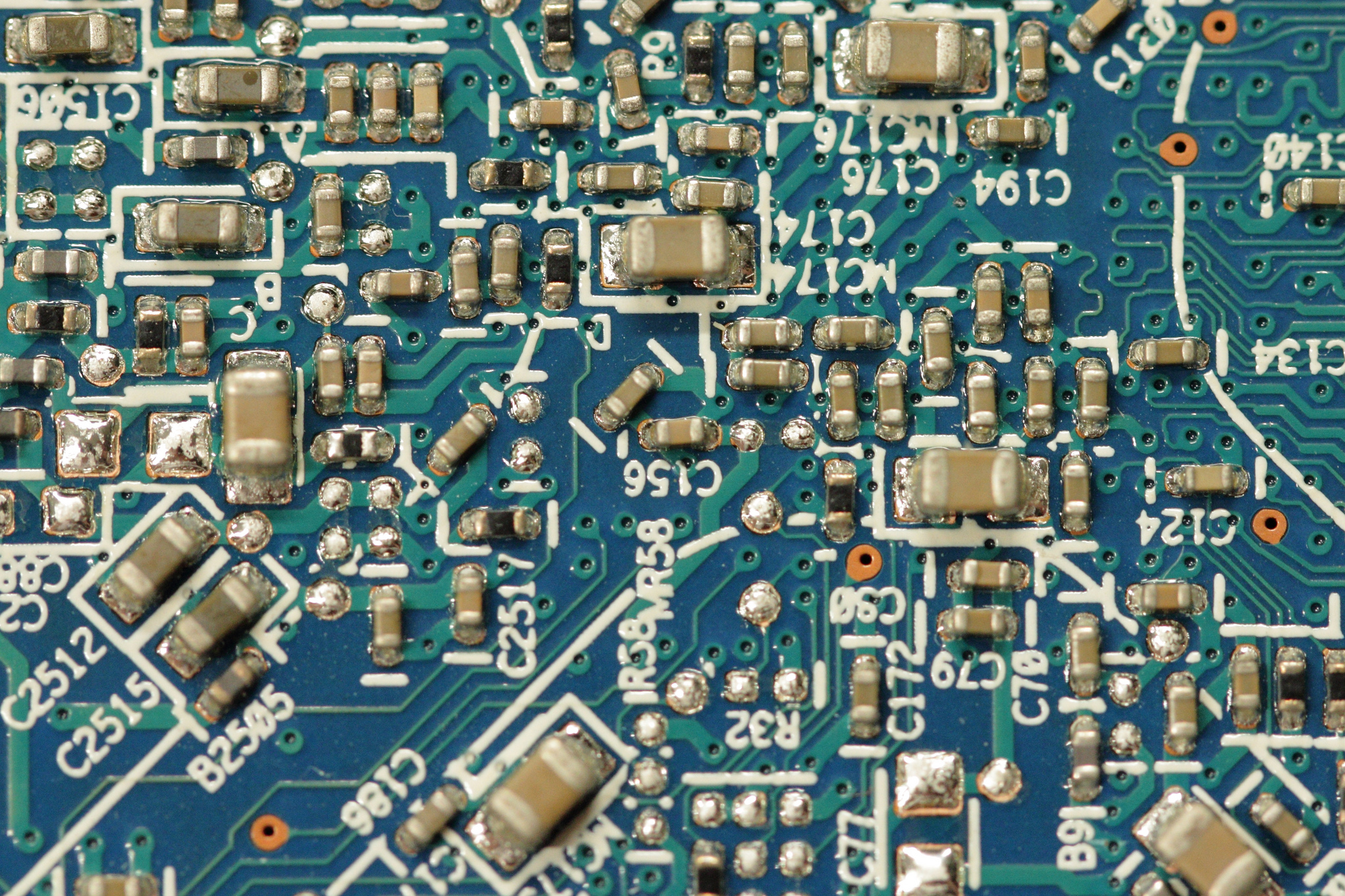Graphics Processing Units (GPUs) are great because they offer high memory bandwidth as well as performance for a wide range of applications, but they aren’t so easy to program. That’s where the 2017 GPU Hackathon comes in.
Sponsored by the University of Delaware, Brookhaven National Laboratory, Oak Ridge National Laboratory and Stony Brook University, the GPU Hackathon aims to teach groups of prospective users how to run applications on GPUs, or at least understand the complex process of doing so.
For co-creator, organizer, and UD professor Sunita Chandrasekaran, the hackathon is the perfect opportunity for student coders to get their feet wet with real world applications.
“For students themselves, they haven’t seen anything of this level,” she said. “They’re getting exposed to scientists from places like NASA, and huge code bases. They aren’t small. They’re running for hundreds of billions of lines. The exposure is huge and they can apply their classroom knowledge hands-on.”
In 2016, the first GPU Hackathon to be held at an academic institution took place at the University of Delaware. Now, they’re being held across not only the United States, but in Europe as well.
The next East Coast-based Hackathon is June 5-9 at the Brookhaven National Laboratory in Upton, New York. Chandrasekaran hopes to take some of what she learned organizing last year’s UD event and improve on the Brookhaven Hackathon this summer.
“We had a bunch of feedback from the last hackathon,” she said. “We received large code bases that took 2 days to crack down, so we believe it will be ideal to ask the teams to come with sample code bases that mimic their larger code bases so we aren’t spending time debugging several thousand lines of code. Then we’ll be able to incrementally improve the code bases during the week.”
Another improvement Chandrasekaran wants to see? More women and minorities.
“Women. We’re looking for more women,” Chandrasekaran noted. “We also had Delaware State University, which is a historically minority institution, participate in the workshop last year and I’ll be contacting them this year to see if they want to apply to the hackathon.”
For all who attend, the event is especially useful because of the intense mentoring over the course of the five day workshop. Many of the mentors have themselves developed the GPU-capable compilers that help define the OpenACC standard.
The teams that apply are generally of 3-6 coders, each with an application that could be optimized via a GPU accelerator. From there, the teams will have access to supercomputers on site and the ability to work with top-of-the-line machines like Blue Waters, Piz Daint and Titan.
Another benefit? No cost. Developers whose applications are accepted by the Hackathon aren’t charged a dime to play with supercomputers and learn from the best in the industry all week long.
Even though the June event isn’t taking place on UD’s campus, the University’s presence is sure to be felt in New York. Students from the University of Delaware’s computer science department will be play the roles of both mentor and student.
“I’ll send 3-4 of my students as mentors in June,” Chandrasekaran said. ”I’ll also be pairing a Ph.D student with a physicist and we’ll be working on molecular dynamics as participants in the hackathon.”
To apply for a team slot at the 2017 Hackathon at Brookhaven, check out the Brookhaven National Laboratory webpage or apply here.
This supercomputer hackathon is looking for more women and minorities







